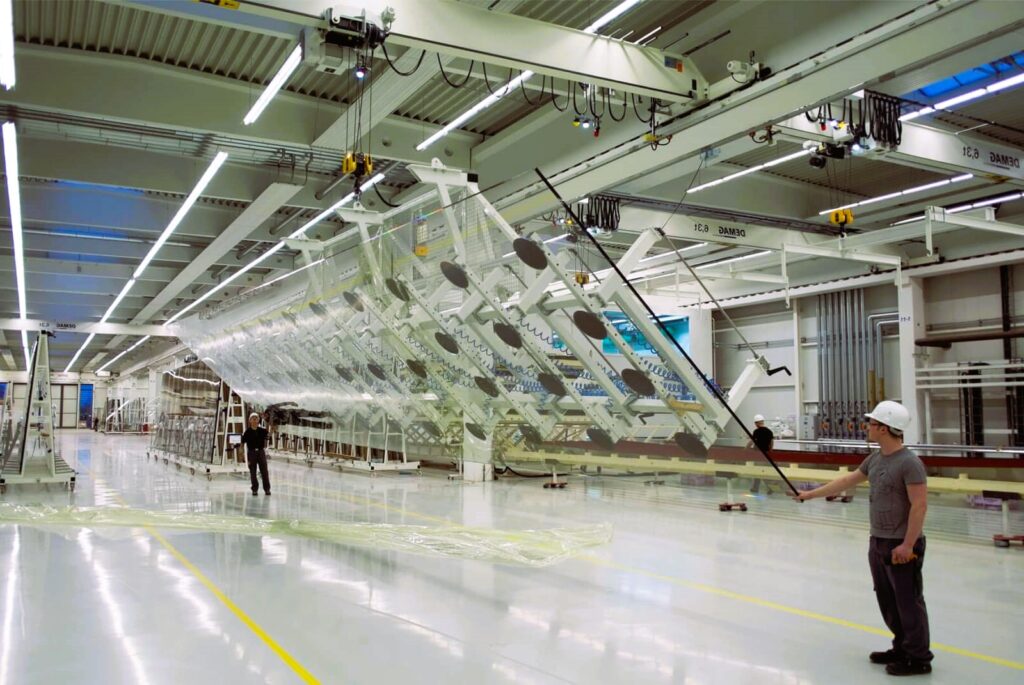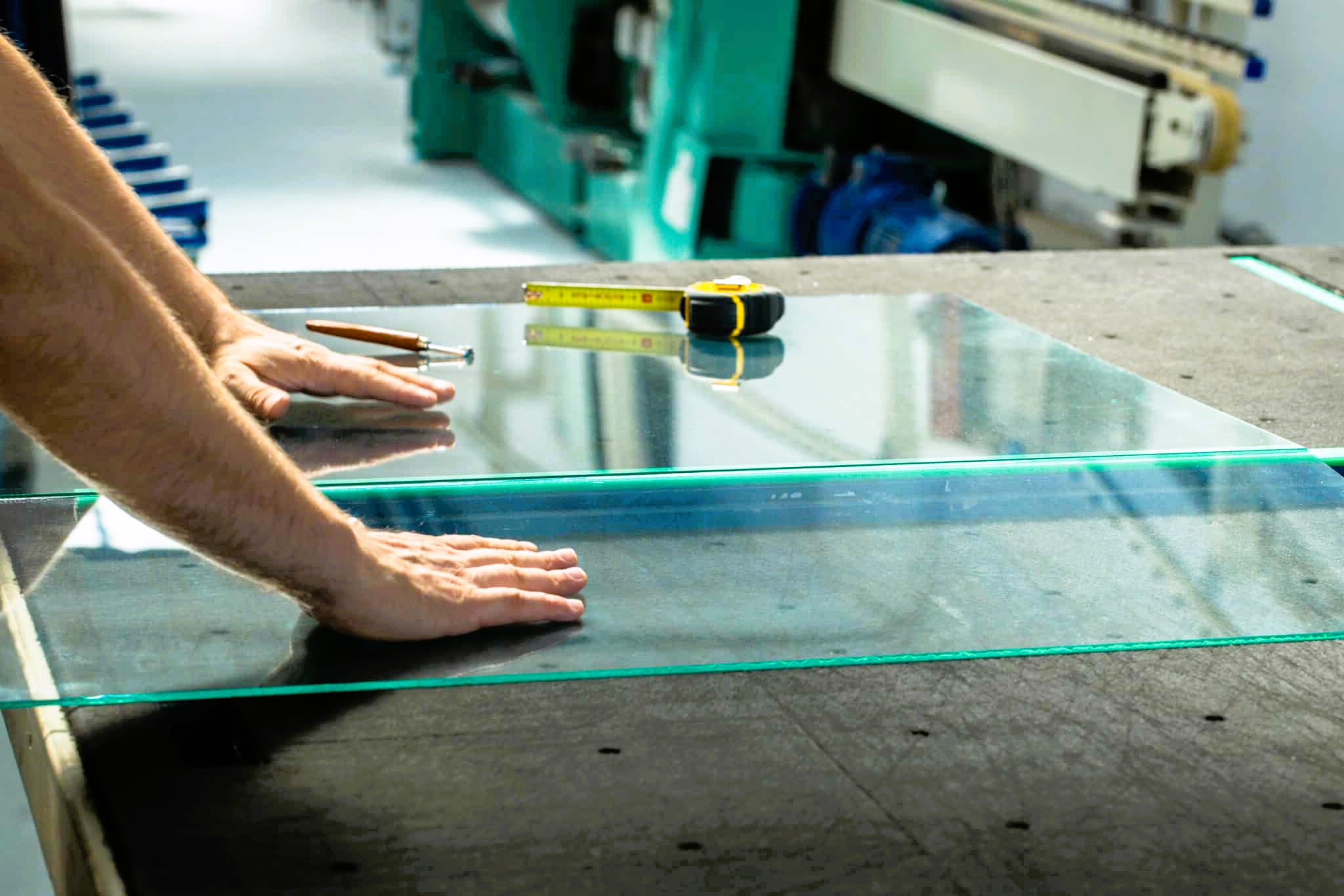Glass, with its remarkable transparency and versatility, is a fundamental material in modern construction. It allows natural light to flood our living spaces while providing protection from the elements. However, the production of window glass is a complex process that relies on carefully selected raw materials. In this article, we will explore the essential materials used in window glass manufacturing and their significance in creating high-quality glass products.
1. Silica Sand
At the core of window glass production lies silica sand, one of the most abundant minerals on Earth. Silica sand is primarily composed of silicon dioxide (SiO2) and is known for its high purity and uniform grain size. The exceptional clarity and transparency of glass are directly attributed to the quality of silica sand used.
Silica sand is typically sourced from quarries and mines, where it is extracted and processed. The sand is carefully washed, sorted, and purified to remove impurities such as clay, silt, and organic matter. High-quality silica sand is essential for producing clear and distortion-free glass.
2. Soda Ash (Sodium Carbonate)
Soda ash, or sodium carbonate (Na2CO3), is another critical component in glass production. It serves multiple purposes, including acting as a flux to lower the melting temperature of silica sand and aiding in the dissolution of other raw materials. Soda ash also contributes to the overall stability and durability of glass.
The type of soda ash used can influence the properties of the glass, such as its refractive index and coefficient of expansion. Window glass often contains soda ash to create a more workable and durable material.
3. Limestone (Calcium Carbonate)
Limestone, in the form of calcium carbonate (CaCO3), is a fluxing agent used to adjust the chemical composition of the glass. It helps control the glass’s melting temperature, viscosity, and other characteristics. Limestone also plays a role in reducing the glass’s susceptibility to chemical attack.
The selection of limestone with the appropriate composition is crucial to achieving the desired glass properties. Its addition to the batch mix ensures that the final glass product meets the necessary standards for quality and performance.
4. Other Additives and Colorants

While silica sand, soda ash, and limestone are the primary raw materials, window glass can also include various additives and colorants to achieve specific properties or appearances. The pros and cons of using different types of glass, more details in our article. For example:
- Iron oxide is often used as a colorant to produce green or blue-tinted glass.
- Cerium oxide can enhance UV-blocking properties.
- Alumina may be added to increase the glass’s resistance to temperature fluctuations.
These additives are carefully measured and added to the batch mix to achieve the desired results. The proportions and types of additives are adjusted based on the intended use of the glass.
5. Recycling and Sustainability
In recent years, there has been a growing emphasis on sustainability in glass production. Recycling has become a vital component of the industry’s efforts to reduce waste and energy consumption. Post-consumer glass, such as bottles and windows, can be collected, processed, and used as a raw material in the production of new glass products.
Recycling not only conserves natural resources but also reduces greenhouse gas emissions associated with the production of virgin glass materials. It aligns with global efforts to promote sustainability and reduce the environmental impact of manufacturing processes.
In Canada, the standards for glass manufacturing are regulated to ensure the quality and safety of glass products used in various applications, including windows. These standards are critical in maintaining the high standards of glass production and its contribution to sustainable construction and design.
In conclusion, window glass manufacturing relies on a precise blend of raw materials, primarily silica sand, soda ash, and limestone. These materials are carefully selected and processed to create glass products that meet stringent quality and performance standards. As the industry continues to evolve, sustainability and recycling efforts play an increasingly significant role in reducing its environmental footprint. The importance of these materials in our daily lives cannot be overstated, as they enable the creation of transparent, durable, and energy-efficient windows that enhance our living spaces.




